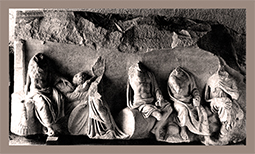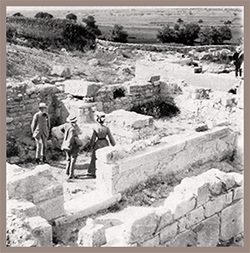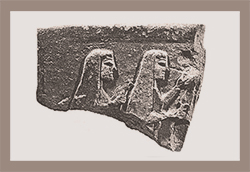download article as .pdf: Altre noterelle su Felsina (risposta a Giuseppe Sassatelli)
.
This paper is a reply to a text that Giuseppe Sassatelli published on Archeologia Classica in 2015, in which he refutes in polemic manner three of my convictions on Villanovian Bologna of considerable importance not only for Felsina but also, in general, for Etruscan studies. The first of those questions concerns the two monuments discovered in Fondazza road, devoid of comparison, that I attributed to a sacred area conjecturing the possibility that they were simple altars. This interpretation is however denied by S., who interprets them as stones destined to monumentalize an access. The second issue is related to the western limit of the Villanovian city that S. identifies with the river Ravone, assuming an abnormal amplitude comprised between 200 and 300 hectares. Most likelihood this limit was instead represented by Vallescura stream, bringing the town to about 170 hectares, in line with the major agglomerations of the period. Finally, S. lingers on my recent contribution of 2013 in Archeologia Classica on the excavation in VIII Agosto square, which showed a peculiar building with large wooden structure. While I had assumed that it could possibly be a place for meetings and voting, dating back to the birth of Felsina, S. refutes my guess thinking of a common corral.



